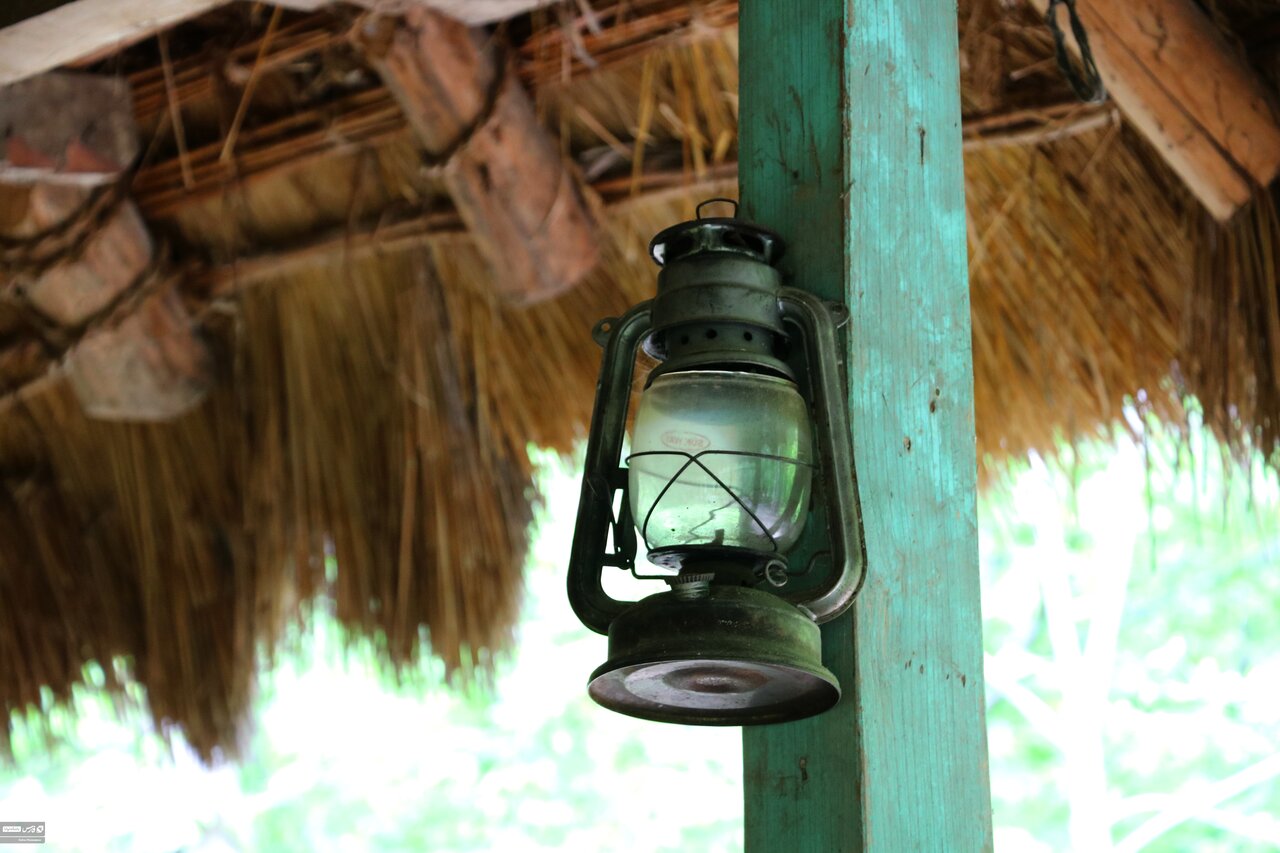Traditional cottages in northern Iran restored

TEHRAN – Gilan Rural Heritage Museum has completed restoration on 16 collages and traditional buildings located within the vast touristic site in northern Iran.
“16 traditional structures inside the Gilan Rural Heritage Museum have recently been restored with a budget of 30 billion rials ($60,000),” the provincial tourism director Vali Jahani said.
Jahani emphasized the continuous need for the maintenance and reconstruction of museum houses, stating:
“Gilan Rural Heritage Museum is one of the unique collections in the province and even the entire country. Preserving and protecting it is a collective responsibility.”
Highlighting the government funding as insufficient for all restoration needs, the official said: “Thus, we call upon all philanthropists and enthusiasts in the field of cultural heritage to contribute to the refurbishment of the museum, ensuring this valuable heritage is safeguarded for future generations.”
Covering an area of 45 hectares within the Saravan Forest Park, 18 km south of Rasht (2km off the Qazvin highway), the open-air museum strives to represent traditional, cultural, architectural, and anthropological areas of the lush green province.
Visitors will be acquainted with the traditional lifestyle of Gilak families, their traditions, authentic local clothing, food, handicraft souvenirs, and musical instruments.
Sophisticated Rasht, capital of Gilan province, has long been a weekend escape for residents of Tehran who are looking to sample the famous local cuisine and hoping for some pluvial action – it's the largest, and wettest town in the northern region. Gilan is divided into a coastal plain, including the large delta of Sefid Rud and adjacent parts of the Alborz mountain range.
The historical Gilan region was within the sphere of influence of the successive Achaemenian, Seleucid, Parthian, and Sasanian empires that ruled Iran until the 7th century CE. The subsequent Arab conquest of Iran led to the rise of many local dynasties, and Gilan acquired an independent status that continued until 1567.
AFM
Leave a Comment